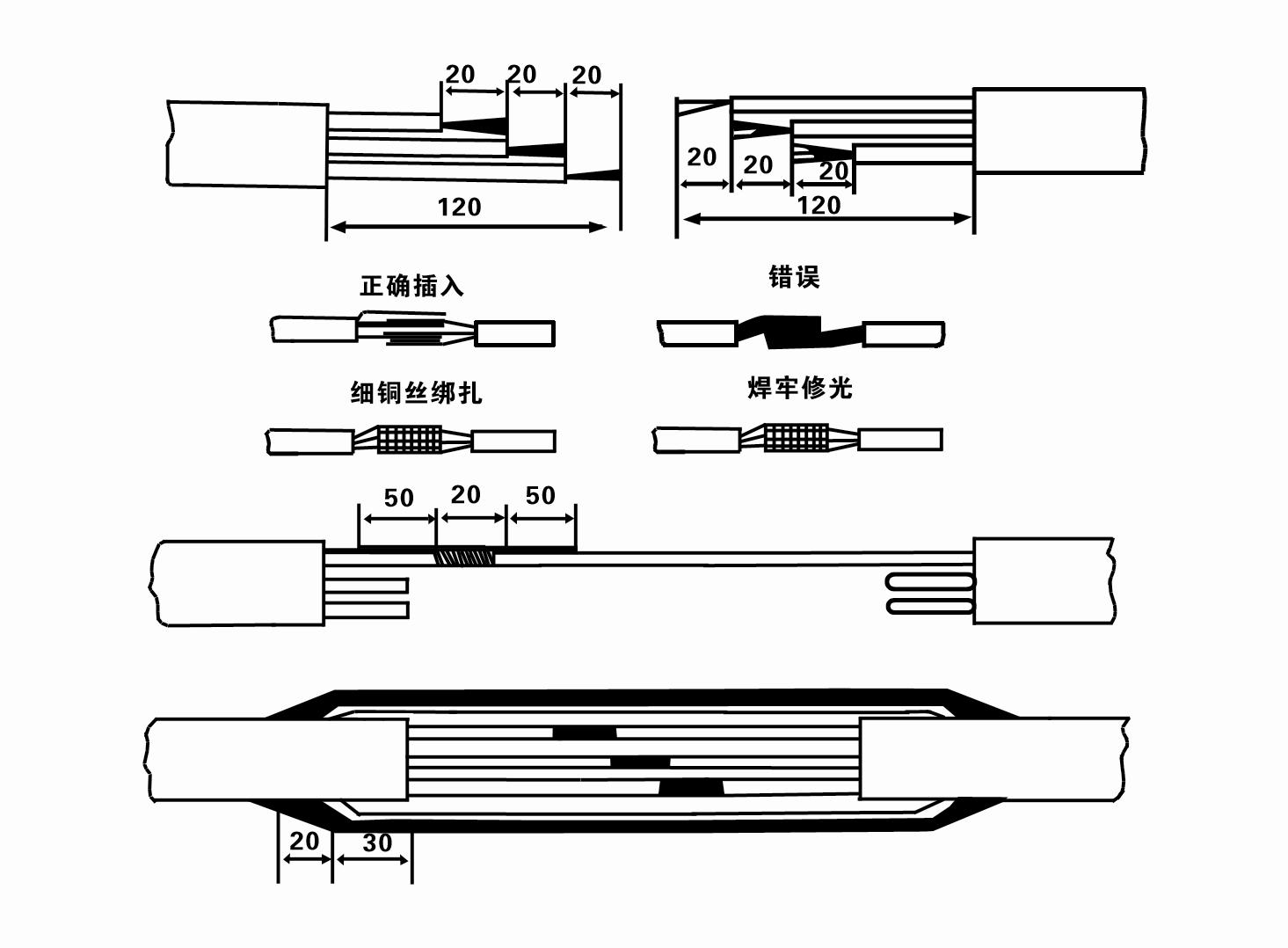Oct . 03, 2024 03:58 Back to list
Guidelines for Selecting the Right Submersible Pump for Your Project
Submersible Pump Requirements A Comprehensive Overview
Submersible pumps are essential equipment used in a variety of applications, including drainage, sewage handling, and various industrial processes. Understanding the requirements for selecting and employing a submersible pump is crucial for ensuring efficient operation and longevity. This article delves into the key factors that should be considered when choosing a submersible pump.
1. Application Type
The first step in selecting a submersible pump is to determine the specific application. Submersible pumps are designed for various purposes drainage, sewage removal, dewatering, and even some chemical processing tasks. Each application has distinct requirements regarding flow rate, pressure, and fluid characteristics, which must be taken into account.
2. Pump Capacity and Flow Rate
The capacity of a submersible pump is typically measured in gallons per minute (GPM) or liters per second (LPS). The required flow rate will depend on the application and the volume of fluid that needs to be moved. It is critical to choose a pump that meets or exceeds the desired flow rate to avoid underperformance. Additionally, considering peak flow rates during operation can also be beneficial.
3. Total Dynamic Head (TDH)
The Total Dynamic Head is a vital parameter for submersible pump selection. TDH refers to the total height that the pump must overcome to move fluid from its source to its discharge point. This measurement combines vertical lift, friction losses in the piping system, and any additional pressure requirements. It is essential to ensure that the pump’s TDH rating aligns with the system's needs.
4. Fluid Characteristics
submersible pump requirements

Different fluids present different challenges for submersible pumps. Factors such as viscosity, temperature, corrosiveness, and the presence of solids must be considered. For example, when pumping slurries or sewage, the pump must be designed to handle larger solids without clogging. The material of the pump components should also be selected based on the fluid being pumped; for corrosive liquids, stainless steel or specialized coatings may be necessary.
5. Power Supply and Efficiency
Submersible pumps typically run on either electricity or diesel. The choice of power supply should align with the application site and the availability of resources. Further, considering the pump's efficiency rating is critical since higher efficiency pumps can lead to significant cost savings over time due to reduced energy consumption.
6. Installation and Maintenance
Proper installation and maintenance are key to the performance and lifespan of submersible pumps. Ensure that the pump is installed at the appropriate depth and location to facilitate optimal operation. Regular maintenance checks should also be carried out to inspect for wear, blockages, or corrosive damage, which could hinder performance.
7. Safety and Compliance
Finally, adhering to safety regulations and industry standards is paramount. Ensure that the pump meets any applicable codes and standards specified for environmental safety, such as preventing leaks into groundwater.
Conclusion
In conclusion, selecting the right submersible pump requires careful consideration of various factors, including application type, capacity, TDH, fluid characteristics, power supply, installation, maintenance, and safety compliance. By thoroughly assessing these requirements, users can ensure the reliable and efficient operation of their submersible pump, ultimately leading to successful outcomes in their respective applications. Investing time in the selection process pays off by enhancing performance, reducing operational costs, and minimizing maintenance issues down the line.
-
Submersible Water Pump: The Efficient 'Power Pioneer' of the Underwater World
NewsJul.01,2025
-
Submersible Pond Pump: The Hidden Guardian of Water Landscape Ecology
NewsJul.01,2025
-
Stainless Well Pump: A Reliable and Durable Pumping Main Force
NewsJul.01,2025
-
Stainless Steel Submersible Pump: An Efficient and Versatile Tool for Underwater Operations
NewsJul.01,2025
-
Deep Well Submersible Pump: An Efficient 'Sucker' of Groundwater Sources
NewsJul.01,2025
-
Deep Water Well Pump: An Efficient 'Sucker' of Groundwater Sources
NewsJul.01,2025
-
 Submersible Water Pump: The Efficient 'Power Pioneer' of the Underwater WorldIn the field of hydraulic equipment, the Submersible Water Pump has become the core equipment for underwater operations and water resource transportation due to its unique design and excellent performance.Detail
Submersible Water Pump: The Efficient 'Power Pioneer' of the Underwater WorldIn the field of hydraulic equipment, the Submersible Water Pump has become the core equipment for underwater operations and water resource transportation due to its unique design and excellent performance.Detail -
 Submersible Pond Pump: The Hidden Guardian of Water Landscape EcologyIn courtyard landscapes, ecological ponds, and even small-scale water conservancy projects, there is a silent yet indispensable equipment - the Submersible Pond Pump.Detail
Submersible Pond Pump: The Hidden Guardian of Water Landscape EcologyIn courtyard landscapes, ecological ponds, and even small-scale water conservancy projects, there is a silent yet indispensable equipment - the Submersible Pond Pump.Detail -
 Stainless Well Pump: A Reliable and Durable Pumping Main ForceIn the field of water resource transportation, Stainless Well Pump has become the core equipment for various pumping scenarios with its excellent performance and reliable quality.Detail
Stainless Well Pump: A Reliable and Durable Pumping Main ForceIn the field of water resource transportation, Stainless Well Pump has become the core equipment for various pumping scenarios with its excellent performance and reliable quality.Detail
